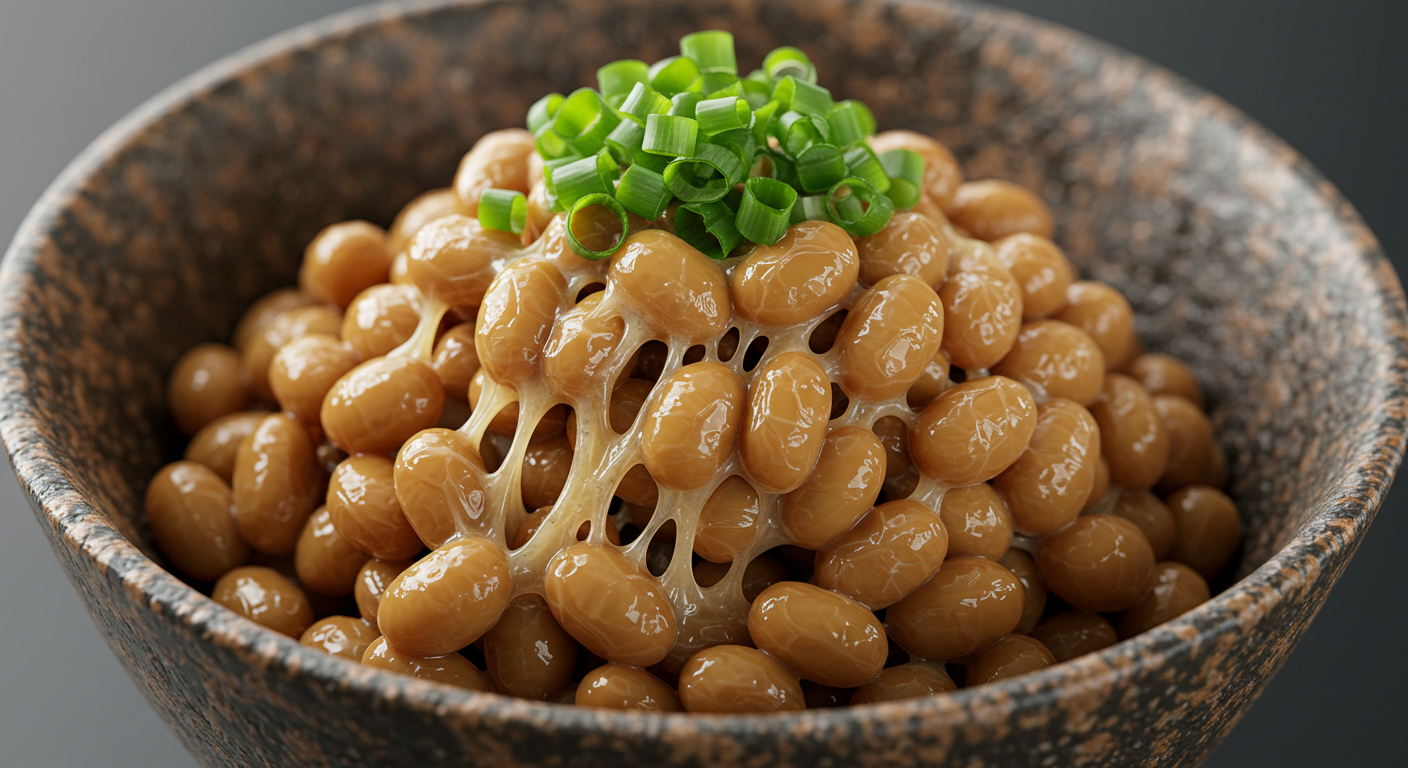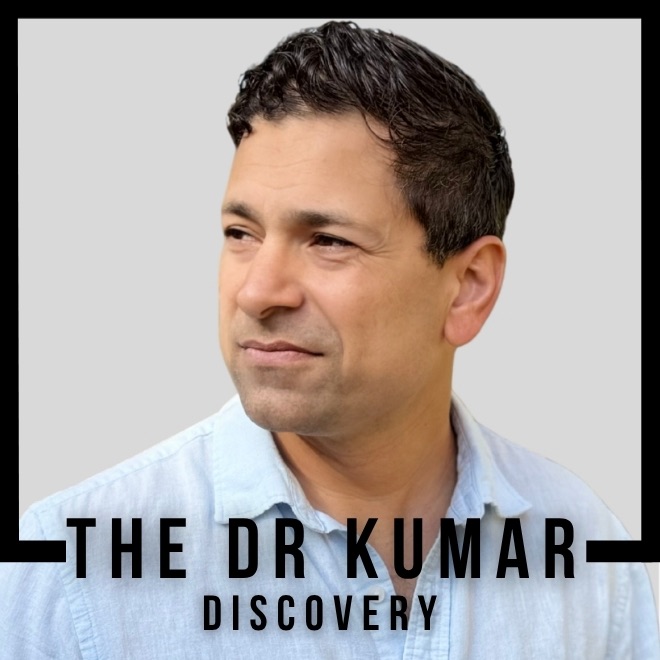Dr. Kumar’s Take:
This large study from Japan looked at whether eating fermented soybeans (natto) helps protect bone health in older men. The results were compelling: men who ate more natto had stronger bones in the hip and thigh areas. The benefit seemed to come mainly from the high amount of vitamin K2 in natto. The more natto people ate, the less uncarboxylated osteocalcin (ucOC) they had—a marker of low vitamin K status. Lower ucOC was linked to better bone density. This study supports the idea that foods rich in vitamin K2, like natto, can help protect against osteoporosis in aging men.
Key Takeaways:
✔ Men who ate more natto had stronger bones, especially in the hip and femoral neck.
✔ Higher natto intake was linked to lower levels of ucOC, a sign of better vitamin K status.
✔ The bone-protective effect was mostly due to the vitamin K2 in natto.
Actionable Tip:
No matter age or gender, if you want to keep your bones strong, consider adding a fermented food high in vitamin K2 like natto to your diet or a supplement with MK-7.
Brief Summary:
The FORMEN study looked at 1,662 elderly Japanese men to understand if eating natto (a fermented soybean rich in vitamin K2) helped with bone health. Researchers found that those who ate natto daily had better bone mineral density (BMD), especially in the hip and femoral neck areas. These benefits were strongly linked to lower levels of undercarboxylated osteocalcin (ucOC), a marker of poor vitamin K status. Once the researchers adjusted for ucOC, the link between natto and strong bones disappeared—meaning the benefit likely comes from vitamin K2.
Study Design:
This was a cross-sectional analysis from the Fujiwara-kyo Osteoporosis Risk in Men (FORMEN) study. It included 1,662 men aged 65 and older. Researchers collected data on natto intake through self-reports and measured BMD at the spine and hip using DXA scans. Blood markers including ucOC, osteocalcin, and TRACP-5b were also measured. Participants were grouped based on how much natto they ate per week, and statistical models adjusted for lifestyle and health factors like BMI, milk intake, smoking, and physical activity.
Results:
- Men who ate at least 1 pack of natto per day had significantly higher hip and femoral neck BMD.
- These men also had lower levels of ucOC, indicating better vitamin K status.
- After adjusting for ucOC levels, the relationship between natto and bone density became statistically insignificant, showing vitamin K2 was likely the key driver.
How Natto (Vitamin K2) Helps Bones:
Vitamin K2, especially the MK-7 form found in natto, activates proteins that help bind calcium in bones. It reduces ucOC levels, a marker of inactive bone-building proteins. When ucOC is high, bones may be weaker. Natto is uniquely high in MK-7, with one pack providing around 380 µg—much more than most foods.
Related Studies and Research
Population-based study linking habitual natto consumption to higher bone density in elderly Japanese women. – Observational data on fermented soy and bone health.
Comprehensive meta-analysis of randomized trials on MK-7 supplementation and osteoporosis prevention in postmenopausal women. – Summarizes K2’s efficacy across clinical trials.
Investigates combined vitamin D3 and K2 supplementation effects on bone mineral density over 18 months. – Explores D+K synergy on BMD outcomes.
Examines the conversion efficiency of various dietary vitamin K forms into bioactive MK-4 in human tissues. – Tracks how different Ks become MK-4.
Investigates vitamin K2’s role in cartilage protection and GPX4 activation in osteoarthritis models. – Connects K2 to joint health via antioxidant pathways.
Frequently Asked Questions
What is ucOC, and why does it matter?
ucOC stands for undercarboxylated osteocalcin. It’s a blood marker that goes up when you don’t get enough vitamin K. High ucOC means the proteins that help strengthen bones aren’t fully activated.
Can I get the same benefits from vitamin K2 supplements?
Yes, especially supplements that contain MK-7. Natto is naturally rich in MK-7, but if you don’t like its taste, a supplement may be an easier option.
Do these results apply to women?
This study focused on elderly men, but other research has shown similar bone-protective effects in women who take vitamin K2.
How much natto should I eat?
In this study, one pack per day (about 40g) was linked to stronger bones. That provides ~380 µg of MK-7. Other studies have shown benefit with 180 mcg to 375 mcg of MK-7 daily, so try to fall in this range.
Conclusion
This study shows that regular natto consumption is linked to better bone health in older men, mainly due to its rich vitamin K2 content. While natto may not be for everyone, getting enough vitamin K2—whether through diet or supplements—may be an important step in preventing osteoporosis.


